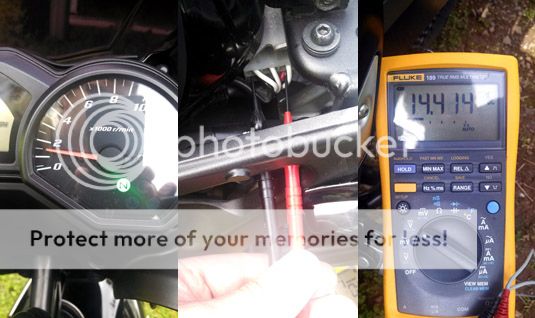artibramuir
Junior Member
Posting from the side of the road.
I was out riding with a friend on a near-dead battery and stalled. I'd been push starting while waiting for my new battery to come in, but this time the battery was too dead to push start, so I had him come jump me. He'd never jumped from his bike before, and accidentally reversed the polarity on the battery terminals.
There were sparks and smoke, and since then I haven't been able to even get the clock to come up on the display. What kind of damage is done? After trying to charge it a few more minutes I'll be getting a tow if nothing happens, but what next step should I do?
Thanks guys.
I was out riding with a friend on a near-dead battery and stalled. I'd been push starting while waiting for my new battery to come in, but this time the battery was too dead to push start, so I had him come jump me. He'd never jumped from his bike before, and accidentally reversed the polarity on the battery terminals.
There were sparks and smoke, and since then I haven't been able to even get the clock to come up on the display. What kind of damage is done? After trying to charge it a few more minutes I'll be getting a tow if nothing happens, but what next step should I do?
Thanks guys.

